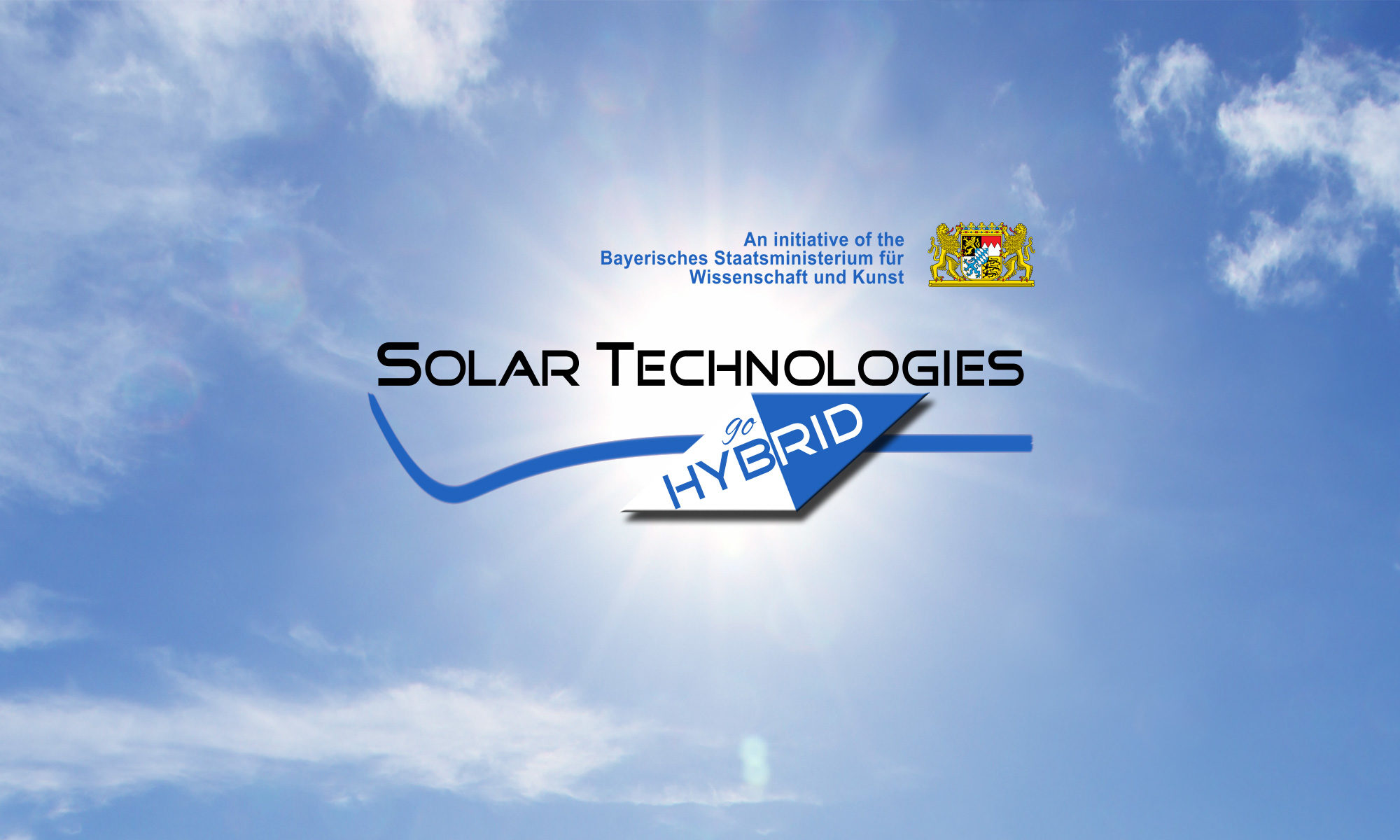Nature shows how to do it: Photosynthesis is a process used by plants to create energy-rich organic compounds, usually in the form of carbohydrates, and oxygen (O2) from carbon dioxide (CO2) and water (H2O) driven by light. If we succeeded in mimicking this process on a large scale, numerous problems of humanity would probably be solved. Artificial photosynthesis could supply the Earth with fuels of high energy density such as hydrogen, methane or methanol while reducing the amount of carbon dioxide in our atmosphere and slowing down climate change.
Developing the necessary efficient catalysts and associated dyes is a focal area of research at the Chair of Professor Frank Würthner at the University of Würzburg’s Institute of Organic Chemistry. Two of Professor Würthner’s doctoral students, Marcus Schulze and Valentin Kunz, have recently reported a partial success in this regard. They present the results of their research work in the current issue of the journal Nature Chemistry.

